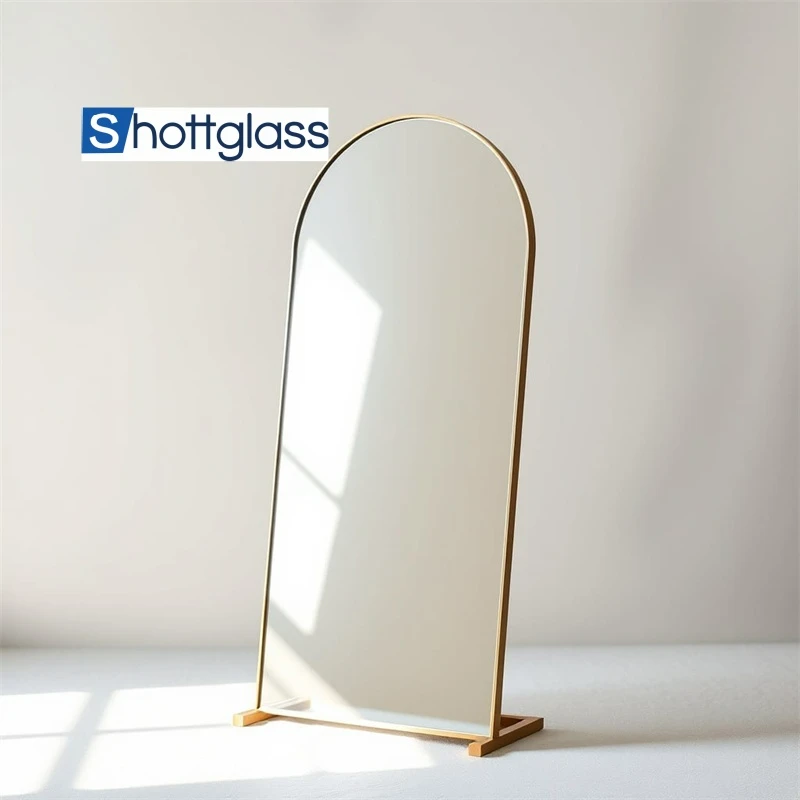Sep . 17, 2024 10:38 Back to list
Translucent Mirror Glass - Innovative Solutions for Modern Spaces
Translucent mirror glass, a fascinating material that effectively combines transparency and reflectivity, has garnered attention in various fields including architecture, interior design, and technology. This unique type of glass plays a key role in enhancing both aesthetic appeal and functional performance in modern applications.
At its core, translucent mirror glass consists of a reflective layer applied over a semi-transparent surface, allowing light to pass through while simultaneously reflecting external images. This dual functionality makes it ideal for creating an illusion of space, privacy, and depth in environments where both are essential. In commercial spaces, for example, it can be used to create sleek and sophisticated environments that exude modernity while maintaining a level of discretion. Retail stores often incorporate this material into their designs, as it can display products effectively while keeping back-of-house areas hidden from view.
In residential applications, translucent mirror glass is popular for use in bathroom mirrors, wardrobe doors, and room dividers. It provides a perfect solution for maximizing natural light in smaller spaces without sacrificing privacy. Homeowners can enjoy the benefits of an airy ambiance, as the glass allows sunlight to permeate, reflecting light around the room while obstructing direct views from the outside. Thus, rooms feel more open and inviting, thanks to this innovative material.
translucent mirror glass

Furthermore, translucent mirror glass has found its place in technology, particularly in displays and smart mirror applications. Smart mirrors, equipped with digital displays behind translucent mirror glass, can show information such as weather updates, calendar events, and news while appearing as traditional mirrors when not in use. This blending of functionality and design is emblematic of contemporary consumer expectations, where technology is seamlessly integrated into daily life.
The use of translucent mirror glass goes beyond aesthetics and technology; it also supports energy efficiency. By enhancing natural light utilization, buildings can reduce their reliance on artificial lighting, contributing to lower energy consumption. This aligns with sustainable design principles and the growing trend towards environmentally-friendly architecture.
In conclusion, translucent mirror glass is a remarkable material that combines beauty, versatility, and technological innovation. Its ability to create visually striking spaces while serving practical purposes makes it increasingly popular across various sectors. Whether in homes, commercial settings, or integrated technology, translucent mirror glass is shaping the future of design and functionality, redefining the way we interact with our environments.
-
Sustainable Practices in a Modern Coated Glass Factory
NewsAug.07,2025
-
Insulated Glass Unit Installation Best Practices and Tips
NewsAug.07,2025
-
Frosted Glass Types and Custom Solutions for Sale
NewsAug.07,2025
-
Current Clear Float Glass Price Trends in Global Markets
NewsAug.07,2025
-
Comparing Different Types of Laminated Glass Performance
NewsAug.07,2025
-
Best Anti Fog Bathroom Mirror Solutions for Humid Climates
NewsAug.07,2025
Related PRODUCTS














